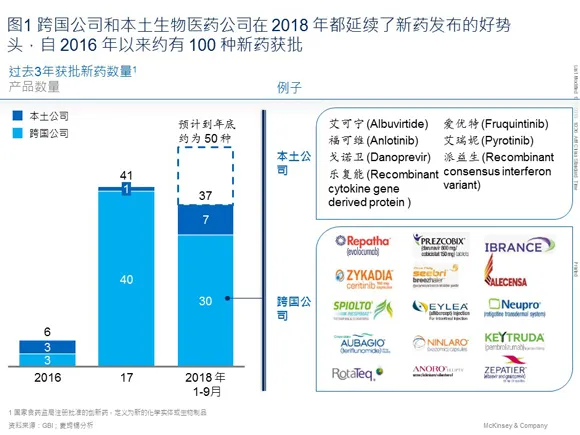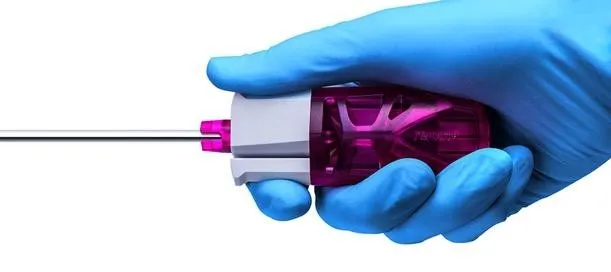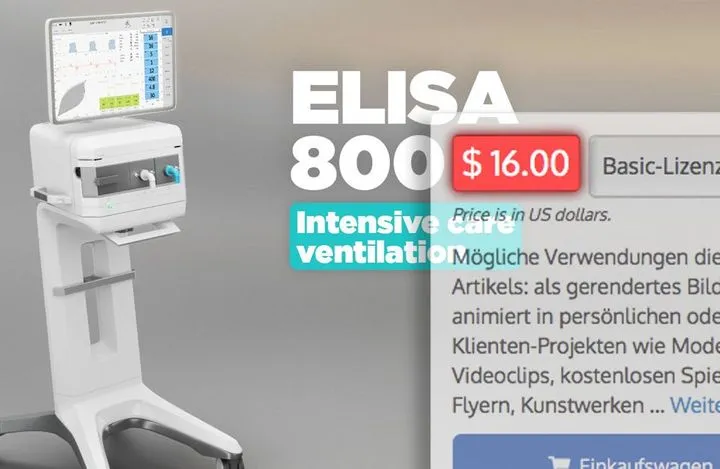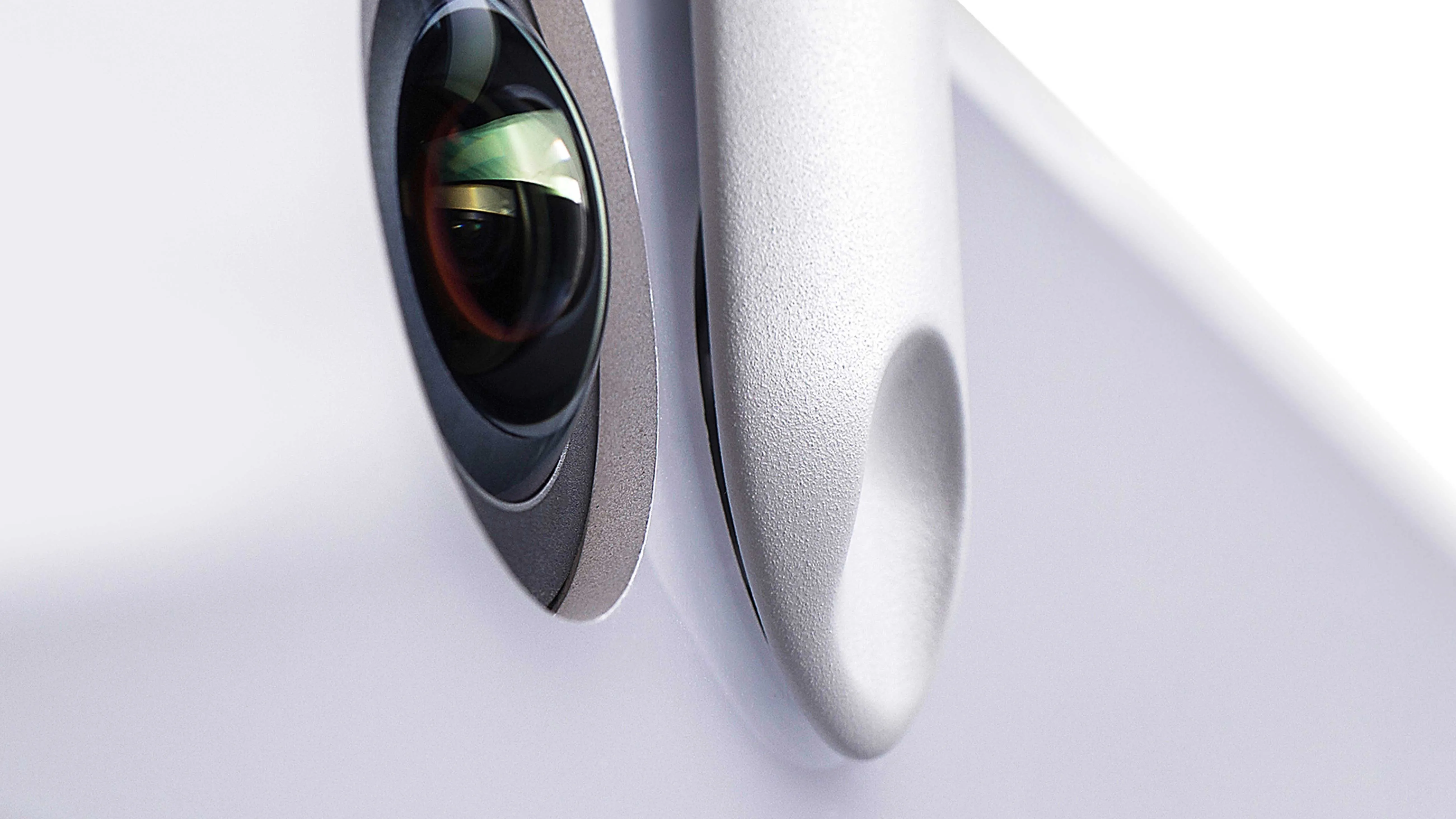Perspective
China's Medical Industry - an outlook
Original article in Chinese (Author: Quan Shan, GM WILDDESIGN Shanghai)
"Shares in UK biotech firm ReNeuron soared more than 30 percent after it announced a licensing deal to develop and commercialize its products in China. Fosun Pharma, a Chinese life sciences company, will license the rights to two cell therapy programs in a deal that could net ReNeuron £80 million (about RMB700 million)."--Ftchinese.com

The Fosum Group, the parent company of Fosum Pharma, has set up three LED screens between the glittering buildings of the Bund Financial Center (BFC) in Shanghai. Several male and female figures, depicted with simple lines, cavort on the screens. Their non-stop movements may be a rather interesting analogy to China's booming medtech industry, as reported above by FTCHINESE.com.
After the dot.com bubble, everyone is looking for the next industrial boom. With WILDDESIGN's expertise in medical design, I (Quan Shan) can safely say that the medical industry could be the center of attention for domestic investment in the next few years. This conclusion is supported not only by data and forecasts from various media and consulting firms, but also by the social backdrop China is facing with a rapidly aging and more health-conscious population.
In addition, the weakened national laws and regulations and the development of science and technology bode well for the future of China's medical industry. In this article, I will briefly analyze China's medical industry prospects in the second half of 2019 from four perspectives: Capital injection, influence of science and technology, technological innovation and national regulations.
Investments: Medical technology industry is No. 1 after dot.com
According to the article "Medical and Healthcare Industry's Investment and Financing Report 2018" 36Kr, the total financing volume of China's medical industry amounted to around RMB 82.5 billion in 2018. Of the 16 segments, medical technology recorded the most cases. The China National Pharmaceutical Industry Information Center (CPHIIC) also predicted that by 2019, the market size of medical devices in China will exceed RMB 600 billion. Experts say that innovation in the country's medical equipment sector will reach a golden age in the next 10 years.
As mentioned at the outset, China is actively seeking opportunities abroad. In an article published last year entitled "8 reasons why China is becoming the most exciting medical market", Mckinsey & Company pointed out that Chinese funds are becoming an increasingly important source of support for American biotech companies such as Grail, VielaBio and IDEAYA.
These funds also focus on biotech companies in Europe. Three tech giants: Pingan, Alibaba and Tencent (PAT), meanwhile, have been heavily involved in the domestic medical industry and are building an unprecedented medical ecosystem. Innovative technologies from the companies, such as Jingdong's advanced logistics, will also have a major impact on the healthcare value chain for domestic patients.

Influence of science and technology: China's ambitions for 5G and AI
"China is on track to become the winner of 5G," said British consultancy Ernst & Young (EY) in the second half of last year in a report on China's 5G (5th generation wireless systems) development titled "China is poised to win the 5G race". EY pointed out that China is taking the leading position in the world's 5G race, with its top-down national development agenda and a series of major decisions, all of which fully support the construction of a comprehensive ecosystem. This will undoubtedly bring fundamental changes to many industries, one of which is undoubtedly medicine.
China has the strong will to become a global innovation leader.

"5G represents a whole new way of digital medical connectivity and is highly likely to improve the patient experience in healthcare. It helps users maintain their wellbeing through three major capabilities: Internet of Medical Things (IoMT), enhanced mobile broadband (eMBB) and mission-critical services. All three come together to provide users with holistic, personalized services that they can use anytime, anywhere."
Furthermore, in an article "What changes will 5G bring to the medical industry? How can IoMT companies partner with operators?", 36Kr concluded that the technological leap in big data and telemedicine will shorten the time and distance for patients to receive medical treatment.
As for China entering the era of 5G this year, the medical industry will inevitably undergo a whole series of changes. For foreign pharmaceutical companies planning to enter the Chinese market, this is also an important factor that should be seriously considered.

Artificial intelligence (AI) will be another important influencing factor. Robots are currently being used in clinical applications. For example, the da Vinci Robotic Assisted Surgical Systems, developed by the American medical technology company Intuitive Surgical, specialize in complex minimally invasive operations. In 2012, da Vinci completed more than 200,000 operations worldwide. With its amazingly high precision and accuracy, it is a great help to patients and doctors.
Transformation of Chinese companies and their focus on design and technological innovation

Siasun, one of our clients at WILDDESIGN Shanghai and a successful listed robot manufacturer of the Chinese Academy of Sciences, released a poetic commercial two years ago in which a robot Taichi played with its robotic arm, mimicking flexible joint movements that were almost lifelike. This product is aimed at productions with high accuracy requirements and masters precision assembly, product packaging, polishing, loading and unloading. Taichi, a martial art that embodies ancient Chinese philosophy, also seems to mean that China is gradually taking over technological innovation and leaving the age of OEMs behind.

In recent years, more and more companies have also been looking for innovations in product design. A good example is a company from Hangzhou, Rejoin, which has been working with Wilddesign for three years. As a newly established Chinese sports medicine company specializing in arthroscopic surgical instruments and implants, Rejoin has focused on the global market from the very beginning. This is how they found us and together we have developed a range of sports medicine surgical instruments that are both visually innovative and highly functional.
The final product has a polygonal structure in semi-transparent purple, which aesthetically stands out from the conventional opaque surgical tools. It was a long development process that required industrial design expertise, a clear brand positioning strategy in the initial phase and a strong design language. The case also shows that Chinese companies are now willing to invest in improving soft skills such as "innovation".
National laws and regulations: Medical reforms lower entry barriers for foreign investment
"The Medical Device Registrant Pilot System was initiated in the Shanghai Pilot Free Trade Zone in December 2017. This means that applicants for medical device registration are entitled to independently apply for registration certification and then outsource production to companies with qualifications and production capacity, facilitating the "unbundling" of product registration and production approval and speeding up the commercialization of innovations"
Xinhua News Agency published the short editorial early last year, describing the very first product to be approved under the Medical Device Registrant System trialed in the Shanghai Pilot Free Trade Zone. It took only 26 working days from the first review of the product to market launch, 82% less than the officially required time.
This also shows that the "innovation barriers" caused by restrictions because registration and production must be carried out by the same entity have been gradually lifted. It is not only helpful for foreign investment to enter the Chinese market, but can also lead to cost reductions and real innovation. Market entry has been made easier, but China's lack of protection for patented technologies can still be a problem for foreign capital. This will affect the willingness of these small and medium-sized medical companies in Europe, the United States, Japan, Taiwan, etc. with advanced technology to enter the market.
Considering the above four perspectives, the outlook for China's medical industry is extremely positive, especially if the state adopts an open attitude towards foreign companies. It will lead to overall development at home and abroad. However, the technology patent system still has a long way to go.
In addition, the few medical companies that have already made remarkable achievements in the form of technological innovations make up only a small percentage of the entire industry nationwide. When it comes to usability, application or cost control etc., there is still plenty of room for technological progress. But one thing is certain: in the coming years, the entire medical industry will continue to develop relentlessly, just like the figures depicted by Julian Opie on the three LED screens.
References (original article in Chinese language):
36kr
What Changes will 5G bring to the Medical Industry? How Can IoMT Companies Ally with Operators?
Financial Times/ FTChinese
UK stem-cell specialist ReNeuron agrees to China deal.
How AI is changing the medical industry.
JQR.com
This sevenaxis robot developed by Siasun plays Taichi.
Xinhuanet.com
26 days to certification: Medical Device Registrant System sees first product in Shanghai.
EY
5G China is poised to win the 5G race.
McKinsey | Greater China
8 Reasons Why China is Becoming the Most Exciting Medical Market.
Frequently asked questions




